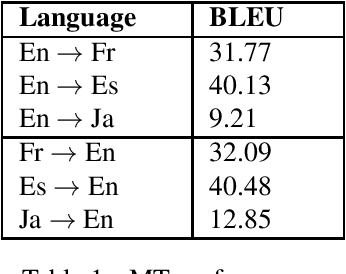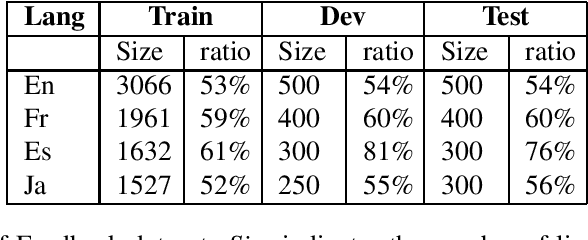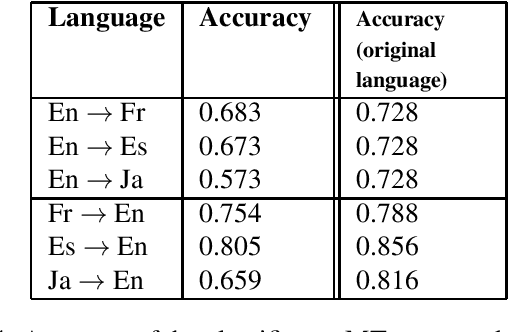The Impact of Indirect Machine Translation on Sentiment Classification
Paper and Code
Aug 25, 2020



Sentiment classification has been crucial for many natural language processing (NLP) applications, such as the analysis of movie reviews, tweets, or customer feedback. A sufficiently large amount of data is required to build a robust sentiment classification system. However, such resources are not always available for all domains or for all languages. In this work, we propose employing a machine translation (MT) system to translate customer feedback into another language to investigate in which cases translated sentences can have a positive or negative impact on an automatic sentiment classifier. Furthermore, as performing a direct translation is not always possible, we explore the performance of automatic classifiers on sentences that have been translated using a pivot MT system. We conduct several experiments using the above approaches to analyse the performance of our proposed sentiment classification system and discuss the advantages and drawbacks of classifying translated sentences.
 Add to Chrome
Add to Chrome Add to Firefox
Add to Firefox Add to Edge
Add to Edge